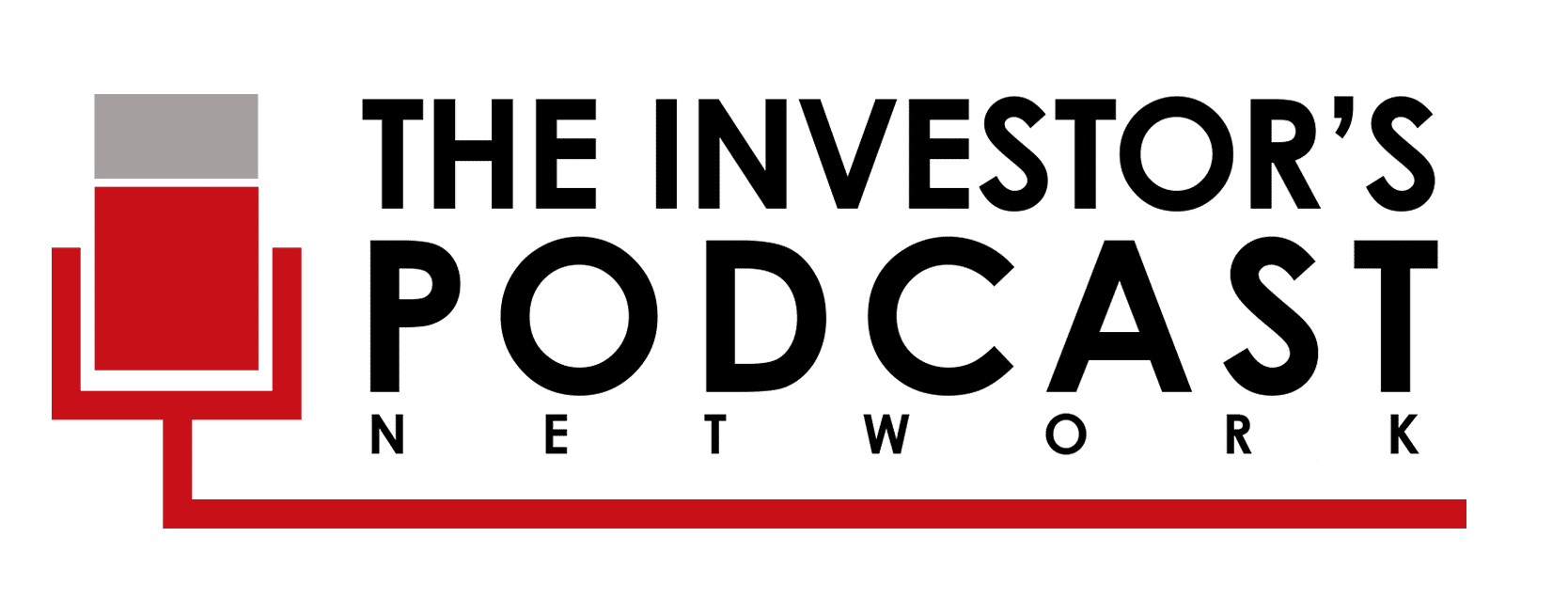TIP Academy
LESSON SUMMARY
In this lesson, we will be looking at the top three financial risks. The top risk is debt. For a company, debt is like going faster in a car. If the road is smooth, you will get to your destination really fast, but if the road has curves you are likely heading for trouble. This lesson also includes the following points:
1) Why is it risky to overpay for an investment: The way Warren Buffett looks at the price of an investment is by saying, “The price is what you pay – value is what you get.” The intuition is very simple. All assets have a price and a value. If you pay more than the value of the asset, you are left with a small return. If you, on the other hand, buy at a price below the value, you can expect to grow your investment a lot faster. While the main financial risk is to lose money, having the opportunity to build wealth but doing it at a much slower pace is likewise risky.
2) Risk comes from not knowing what you are doing: Warren Buffett’s primary rule is to fully understand what he invests in. For instance, when you buy a car or even a home, you tend to do it after you completely comprehend what it’s worth and why it has the value that it does. When it comes to stocks, some people invest even when their knowledge is typically not as developed. This creates a new risk because not only do they now know what the value is, they also don’t know understand when the value changes, or why the price might change too.
LESSON TRANSCRIPT
RISK VS REWARD
Everyone has probably heard of Risk vs. Reward. Here is a demonstration to help you think as you take on a more risky investment. The first is a marginal amount of risk and reward, while the other is more risk for more reward.
There is more pressure and stress in the latter. Make one little mistake and it is a total collapse. Keep that in mind as you assess your risk vs. rewards. The risk when investing in stocks and bonds is that you could lose a little bit or all of your money, and the reward is you could make money and you don’t have to work hard. As tolerance of risk, 1 should be the lowest amount of risk for the reward, and that is the 10-year federal net (A bond is for the long term like 20 years. A note is for the short term like 2 years). Charles Ponzi is an example of 10. All you have to do is assess and think about the amount of risk that you’re willing to assume for each and every investment. Always compare back the 10-year federal note.
We used the 10-year federal note because the Federal Government can simply print more money to meet that obligation. If you take simple cash, for example, $100 for a 10-year period, that Federal note will always perform just like the cash because you’ll be making it 2.2% yield as of May 1 on that federal note, while the cash should be absolutely nothing. Regardless of how inflation moves in the future, you will still be doing better on the federal note.
WHAT CAUSES FINANCIAL RISKS?
Our benchmark is to compare any other investment, the risk associated with it, and what causes financial risk in an investment.
There are 3 risks:
- Termination
- Overpaying for an investment
- Not knowing what you’re doing
If a company or the local government has debt and you own a share/stock or you supply the loan, you are diving into a great risk. A company has debt because they want to speed up time.
If a person wants to buy a 300,000-dollar house but doesn’t have the money yet, he will take a loan. Why? Because he wants to speed up time. He doesn’t want to wait 15 years in order to save enough money to buy that home. Instead, he takes out the debt and speeds up time so he can move into that house right away.
Business is exactly the same thing. A company owns a lot of debt because they want to speed up time and have that machine in order to make that product immediately. They don’t want to wait 5 years to save up money to buy.
Why are my examples bad? Assume you are playing a video game. You have 30 seconds to shoot a little rat running across the string. Here are three different scenarios:
- Normal speed, 10 targets, shot 10
- Fast speed, 14 targets, shot 12
- Super speed, 18 targets, shot 10
- Dash speed, 22 targets, shot 6
In the first scenario, you got it perfect. In the second scenario, it was a bit better because it was faster. You shot 12 out of 14. In the third scenario, it was much faster. You shot 10 out of 18 because the rats were running faster and it was harder to shoot. In the last scenario, you shot only 6 out of 22, because the rats were moving really fast.
In this example, the rat and the speed represent the amount of debt the company is taking on. As the company takes on more debt, the company is actually becoming less productive in the long run. With a bit of debt with the rat just running gradually faster, we performed a tad better. Think about that. If the company has debt, it is fine, but if it’s a lot it’s NOT fine. A lot of risks come with it. As an investor, it always ends badly whenever you invest in companies with a lot of debt. Always remember this illustration when choosing a company.
Warren Buffett said, “Only when the tide goes out, you discover who’s been swimming naked.” Here, by ‘swimming naked’, he was referring to people who have debt. When the tide goes out, which means when the market collapses, you figure out who’s been swimming naked. These are the people who don’t make it and people who fail.
The second risk is overpaying for an investment. According to Warren Buffett, the price that you pay is the value that you get. Assume that a man sees a house on the market for $200,000. He likes the house so much that he pays $50,000 as a listing price. 1 year later after he paid $250,000, he has to sell the house because he’s moving for a new job. He tries to sell the house but he can’t get any close to the price he paid a year ago. This scenario shouldn’t surprise you because although the house is still the same – clean, safe, and new, the market condition didn’t change. The investment based on the initial price paid is not the quality of the home. The investor paid way too much for the house, so it is a poor investment.
How was the previous example any different from a person in the stock market buying a stock for $25 when it’s only worth $20? NONE. The ratio $200,000 and $250,000 is exactly the same as $25$ for something that’s worth $20. Again, the price that you pay is the value that you get.
The third risk is the danger that arises from not knowing what you’re doing. Why do people value the ownership of a house but not the ownership of a company? It’s simple. People understand the value of the home, but they don’t understand the value of a company. Also, they definitely don’t understand the value of the company when individual shares are broken up to 10,000,000 pieces. That is the true risk. If you’re the person who buys companies and shares and you never look at what their worth, you’re just buying based on emotions and are setting yourself up for buying the $250,000 house. Risk comes from not knowing what you’re doing.
In this lesson, we briefly talked about the difference between risks and rewards. We learned that the 10-year Federal Note is a risk-free investment that provides a marginal return. We know that in future lessons, we’re going to use the 10-year note as our baseline value to relatively compare the value of other investments.
When we assess the amount of risk that’s associated with an investment, we learned about three factors that make an investment risky:
- Debt. We learned that as a company increases the amount of debt (or leverage) they use, it typically results in diminishing returns. By avoiding investments that carry a lot of debt, you’ll mitigate the risks associated with any investment.
- Price. Although investors might have the opportunity to purchase a really great business, we learned that the price at which they purchase the asset can actually result in a poor investment. We know that the price is what we pay and that value is what we get. This idea is at the heart of a value-based investing approach.
- Knowledge. One of the hardest things for an investor to do is to admit that they don’t know all the facts. Although this may prove challenging, the faster an investor can identify the lack of knowledge or ability to properly account for all the variables, the less risk they’ll assume in any investment.
LESSON VOCABULARY
Risk
A relative measure of the likelihood of losing your investment. The higher the risk the more likely is it that you will lose some or all of your money in that investment. Warren Buffett’s advice for identifying the three main types of risk:
- Excessive debt
- Paying too high a price compared to the value you get
- Not knowing what you are doing
Debt
Debt generally occurs when you’re borrowing money either because you don’t have it, or you need some extra money to achieve a goal. Typically, debt is incurred when people speed up the process in order to afford whatever they want.
Value
Value is often very different from the price. It is subjective and must be estimated. A value investor like Warren Buffett pays a lower price than the value of a stock or bond.
10-year federal note
The only difference between a note and a bond is the duration of the loan. Bonds with durations of 10 years or shorter are called notes. From this lesson, the takeaway from the 10-year federal note is that it serves as the benchmark for other investments.



